Understanding Traps and Proper Installation: A Comprehensive Guide
Traps are essential components of your plumbing system. They create a water seal that prevents sewer gases from entering your home, ensuring a safe and odor-free environment. However, the installation of traps must be done with care, as improper sizing, pitch, or height can lead to serious issues. Here’s a guide to understanding the differences between glue-on and screw-on traps, the importance of proper installation, and why hiring a professional plumber is often the best choice.
Glue-On vs. Screw-On Traps
Traps are available in different connection styles, primarily glue-on and screw-on. Here’s how they compare:
- Glue-On Traps: These traps are permanently bonded to PVC or ABS pipes using solvent cement. They offer a strong, leak-proof connection but require precision during installation, as adjustments are not possible once glued.
- Screw-On Traps: These traps use threaded fittings, making them easy to install and adjust. They are ideal for areas where future maintenance or disassembly might be needed, such as under sinks.
Choosing between glue-on and screw-on traps depends on the specific application and accessibility of the plumbing system.
The Importance of Proper Sizing and Pitch
Installing traps correctly involves more than just connecting pipes. Proper sizing and pitch are critical to ensure optimal performance:
- Sizing: Using the correct pipe diameter prevents clogs and ensures adequate water flow. Oversized or undersized pipes can lead to blockages or reduced trap effectiveness.
- Pitch: The slope of the pipe, typically 1/4 inch per foot, ensures that wastewater flows smoothly through the system. Improper pitch can cause water to stagnate, leading to odors and clogs.
Setting the Proper Height of the Trap
The height of the trap in relation to the fixture’s drain outlet and waste pipe is crucial:
- Too High: A trap set too high may not create a proper seal, allowing sewer gases to escape.
- Too Low: A trap set too low can cause water to siphon out, breaking the seal and leading to odors.
Following manufacturer guidelines and plumbing codes ensures the trap functions correctly.
Why Hire a Licensed Plumber?
While installing traps might seem straightforward, mistakes can lead to costly repairs and health hazards. Here’s why hiring a professional plumber is often the best choice:
- Expertise: Licensed plumbers have the knowledge to size and pitch pipes correctly and ensure code compliance.
- Quality Materials: Professionals use high-quality parts and tools for reliable, long-lasting installations.
- Code Compliance: Plumbing codes are in place for safety and efficiency. Licensed plumbers ensure all work meets these standards.
- Warranty and Insurance: Professional work is often backed by warranties, and licensed plumbers carry insurance to protect you in case of accidents.
Conclusion
Proper trap installation is vital for maintaining a safe and efficient plumbing system. By understanding the differences between glue-on and screw-on traps, ensuring correct sizing and pitch, and setting the trap at the right height, you can prevent common issues. While DIY installations may save money upfront, hiring a licensed plumber ensures the job is done right, protecting your home and family from potential hazards.

